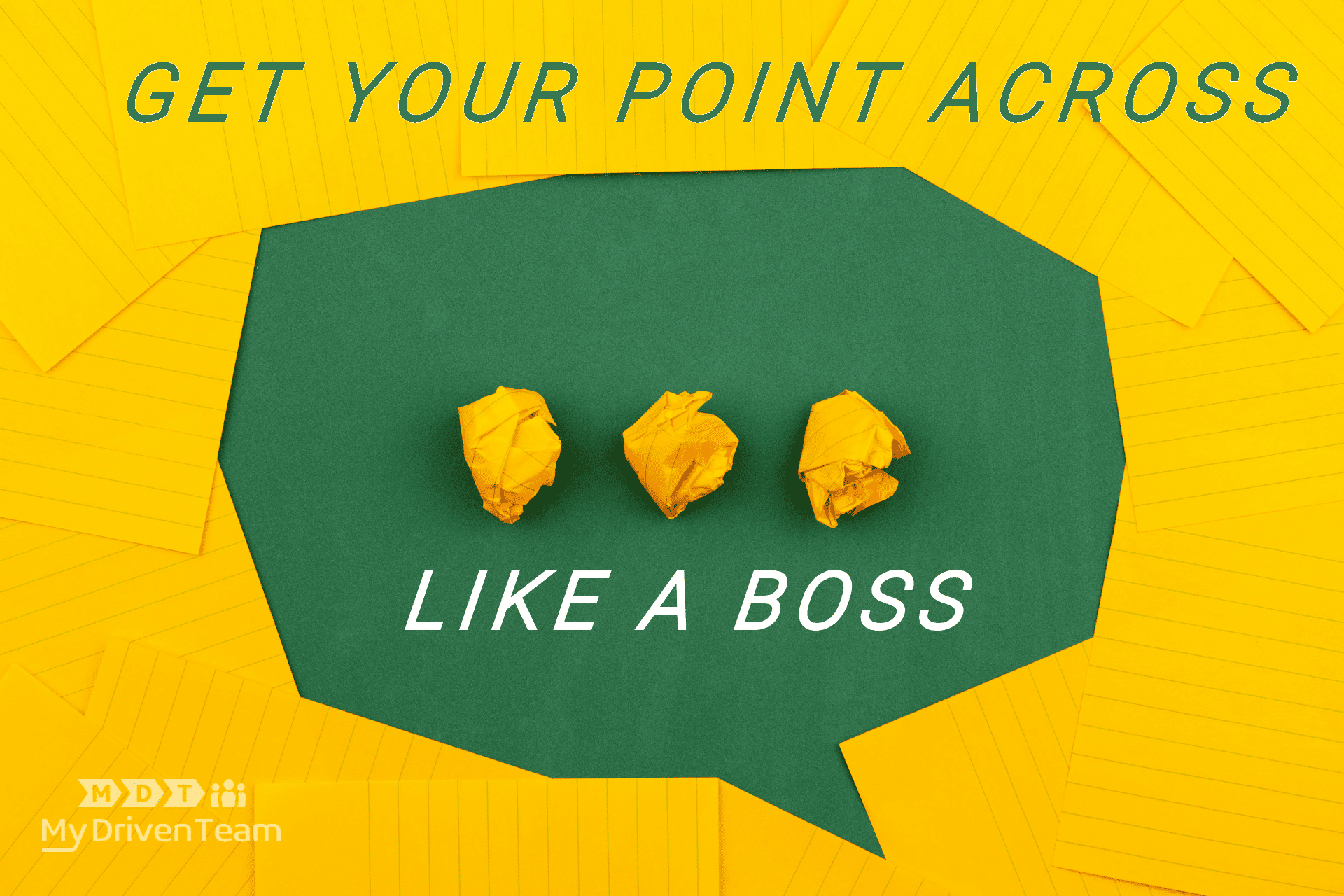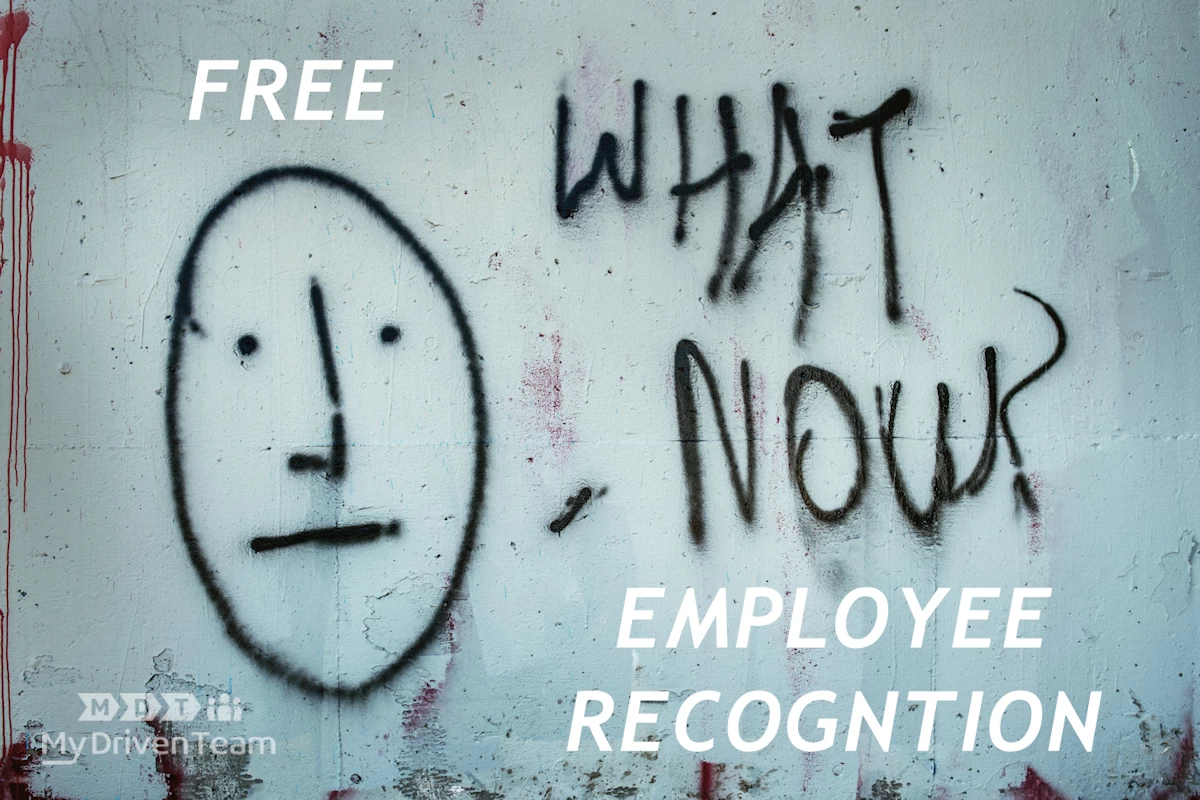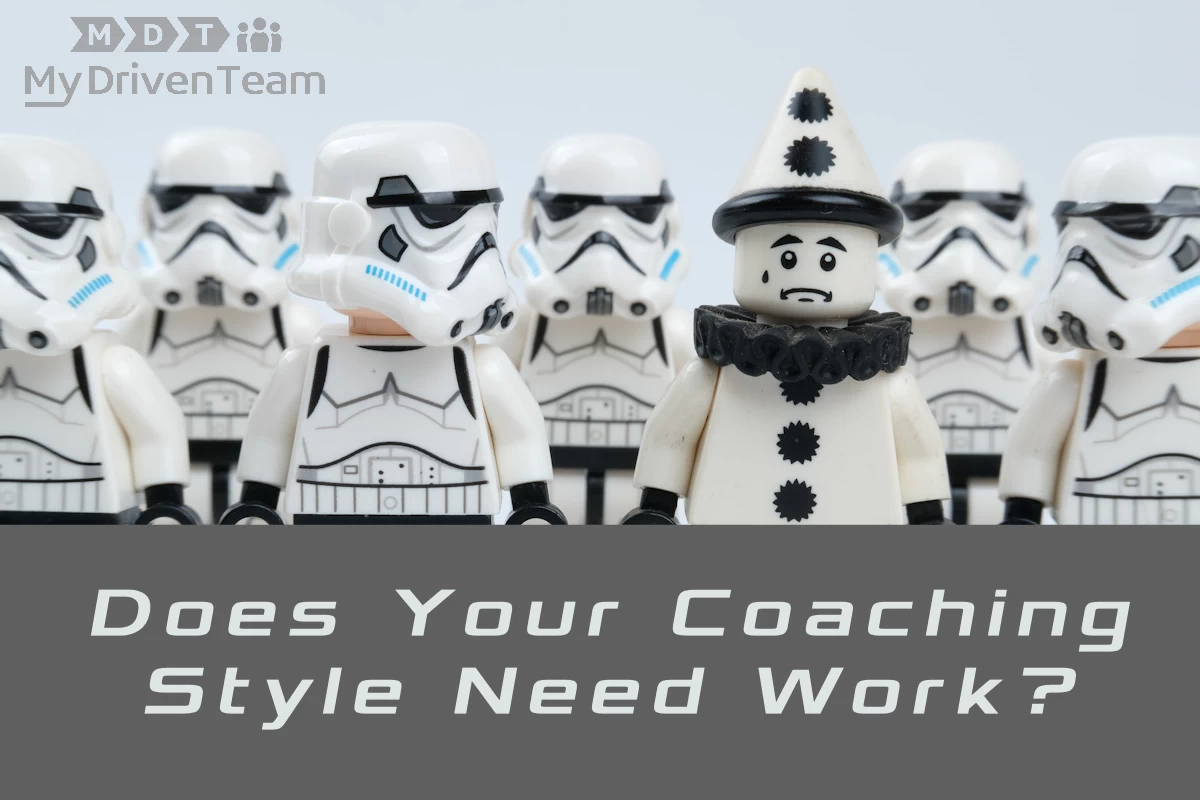
As a Manager you are probably already good at what you do…running a business, hitting goals, solving problems, etc. However, when it comes to coaching & developing people, you may be required to learn a new skillset. Having the right tools and learning those tools quickly is a must!
When it comes to coaching & developing people, there are 6 key areas that will help keep you focused an efficient:
- Be A Teacher By Being A Student
- Set Clear Expectations
- Have and Teach Self-awareness
- Create Focus & Accountability
- Build A Continuous improvement Mindset
- Hone Critical Thinking Skills
After years of being coached and coaching others, I’ve seen what works and what doesn’t. While every single coaching interaction is unique, the items above are foundational. Skip them at your own risk, or read on to take advantage of the tools I’ve consolidated to help make the development journey easier and more fruitful.
Be A Teacher By Being A Student
Have you ever heard of TWI? TWI stands for Training Within Industry. This method of training was developed in the 1940’s during World War II. As men left the work force and joined the war front, female “home-makers” found themselves entering an industrial setting replacing their husbands. This required a rapid and serious shift in skillset during a critical time. Believe it or not, TWI was so well done, that it became the gold standard for how to teach someone in a work environment.
That being said, the original TWI is a lot of content. It’s honestly more than most are willing to dedicate their time to. So, in order to help with that, I’m going to focus on one particular area that boils down to four steps. Think of it as a highlight real for TWI on how to give good “Job Instruction”:
- Prepare the worker
- Put the person at ease
- Describe the job
- Get the person interested in learning the job
- Place the person in the correct position
- Present the operation
- Tell, show, and illustrate one important step at a time
- Stress each key point and reason
- Instruct clearly, completely, and patiently
- Do not give more information than the person can
master at one time
- Try Out Performance
- Have the person do the job – Correct errors
- Have the person explain each IMPORTANT STEP,
KEY POINT & REASON as they do the job again - Make sure the person understands
- Continue until YOU know THE PERSON knows
- Follow Up
- Put the person on their own
- Designate to whom they go for help
- Check frequently – Encourage questions
- Taper off extra coaching and close follow up
Set Clear Expectations
This step seems so simple that most Managers will say, “Oh, I got this”! The challenge is that as a human, once we’ve truly learned a skill, we tend to take many of the steps of that job for granted. We “assume” that others know and understand things that we already know. It’s really difficult sometimes to slow down and truly make sure another person understands everything. Even though I’ve been teaching this method for years, I personally still have to remind myself of these steps. It’s not easy, but I promise when you do it, the person being taught will absorb the message better, and faster.
Here again, let’s simplify these steps. Below, I’m once again referring to TWI’s four steps on “How To Get Ready To Instruct”:
- Have a Time Table
- Skills you expect each person to have by
what date
- Skills you expect each person to have by
- Break Down the Job
- List the IMPORTANT STEPS first
- Pick out the KEY POINTS and REASONS
- SAFETY IS ALWAYS A KEY POINT
- Have a complete JOB BREAKDOWN SHEET
- Have Everything Ready
- The right equipment, materials, and supplies
- Properly Arrange The Workplace
- Just as the worker will be expected to keep it
Free Tools / Templates:
Job Instruction Pocket Card – Nothing fancy here, but a great way to help you remember these things. Simply print and laminate and slide it into your purse or wallet as a handy reminder!
Training Timeline – Another simple little document that lays out who, what, when, and where training will take place.
Self-Awareness
My old mentor used to say,
There are only two things that really matter when it comes to coaching; self-awareness and the character to do something about it.
-Glen Hicks
This quote always hit home with me. The funny thing is that it’s easy to say that about someone else, but it’s really hard to say that about yourself. So, I always stress that understanding your own strengths and weaknesses is where you should focus first. It’s one of the reasons I recommend a self-assessment like DISC, MBTI, or even an ENNEAGRAM.
I’ve personally spent the most time using MBTI (Meyers Briggs Type Indicator). I’m proud to say that I’m an ENTJ. That means I talk too much, I don’t think about others feelings like I should, and I’m often too quick to make decisions. All of that said, I’m also a pretty good critical thinker and I’m able to make quick decisions with limited information and I almost always focus on the end goal.
I share that only to prove the point, that understanding these things helps me put things perspective. Every single soul has a unique perspective and it’s with great respect that I try to understand where they are coming from in contrast to my own unique human experience. I know that may sound pretty deep, but if you want to coach and develop others successfully, this attitude is the only way to go. :)
Communication Skills
The great thing about learning self-awareness using something like MBTI is that you almost can’t help but to better understand your own communication style. As soon as you do that, you also start to understand the differences in communication between you and others. This is a hugely important step in working with and leading others. Most conflicts arise in the workplace based on simple communication problems.
Here again, start by understanding your own communication preferences. Do you like to be around others and talk a lot or do you prefer to be alone and send emails? Are either of these “bad”? No, they are not! You may have a preference, but that doesn’t make your preference the right way!
Becoming aware of your own communication style and the preferences of others is a key to unlocking the potential of everyone around you!
Criticism Sandwich
Once you really start uncovering the behaviors holding someone back, you will inevitably be faced with delivering difficult messages. Of course, if you’ve taken any type of management course, you’ve probably heard of the criticism sandwich. I certainly didn’t invent it! That said, I’ve used it many times to blunt the sting of pointing out opportunities. It goes something like this…
The top slice of bread is something positive about the person. Obviously, the more sincere and professional you can keep this, the better off you are. People will smell it if you are playing games and feeding them B.S. Don’t do that! Instead, try to think of something that is not obvious and that you truly appreciate about their behavior.
Once you get through that and they’ve acknowledged your comments, then it’s time to move on to the tough part. We have to serve the meat! It’s time to let them know that there is an area you could use their help on. Whatever it is, just make sure you ask them what they think about it. Do they understand why it’s a problem? Do they need any help in changing that particular behavior?
Whatever happens here, make sure the person knows that you intend on following up on this. It’s even better if you can set a specific action plan and timeframe for this follow up.
Lastly, it’s time to wrap up with a nice reminder of something specific that appreciate about them. Unlike a real sandwich, this last slice of bread is better if you can choose a second thing, instead of just repeating the initial slice of bread.
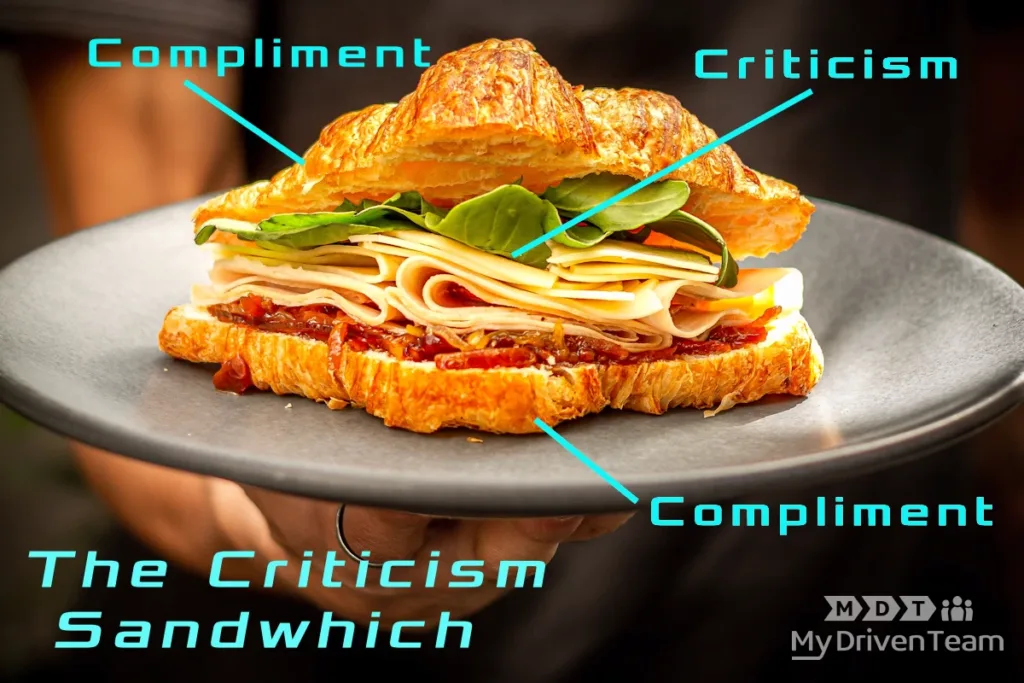
Create Focus & Accountability
There is a lot of meaning embed in these two words, “Focus” and “Accountability”. In my personal opinion, the approach outlined in the 4 Disciplines of Execution are the key to these two things. When coaching someone, you can’t just give them the answers. The best thing you can do is ask the right questions, which are outlined below:
Step 1.) What is the one achievement that would make everything else seem secondary?
Step 2.) What are the leading behaviors that will get you the results you are looking for?
Step 3.) How can we create a scoreboard for these leading behaviors?
Step 4.) How can you create a cadence (schedule) of accountability?
If the person being coached is willing to tackle these four questions and make real changes in their behaviors to get to their WIG, it’s a recipe for true growth!
Here is GREAT summary video on this topic:
Free Tools / Templates:
Here are two POWERFUL tools that can help with the cadence of accountability:
Action Plan Template: This is a list with all the criteria you need to help someone keep track of the actions they set out to do that are outside of their daily routines.
Leader Standard Work: Think of this a basic checklist to outline the winning / leading behaviors for any role (and adding accountability to their completion)
Continuous Improvement Mindset
No matter what you do when coaching someone, if they don’t have the mind-set of continuous improvement, they will get stuck. Worse yet, they will likely fall backwards into their normal patterns of behavior. This is why having a C.I.M. is a critical part of the coaching process!
Everything we’ve talked about up until this point has lead us here. Think about it…
By setting clear expectations and giving critical feedback, the person being coached knows exactly what needs to happen. Then by having them take an inventory of their own personality strengths and weaknesses, they also start to understand where they need to focus internally. Add some focus, a great scoreboard and a cadence of accountability, and you really have set the table for them.
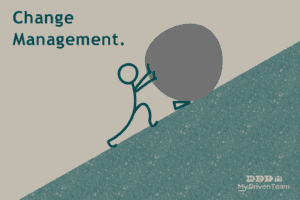
All of that said, if they are not committed to making a change, then it won’t happen. Change takes energy! If the energy is low around the changes that need to be made, then this is a red flag! Investing in people is much like investing in equipment or real-estate. If you pour time and money into a house and you have no hope of getting a return on that investment, STOP!
Don’t get me wrong here, you can’t give up too quickly without trying a few different approaches. Sometimes it’s the message you are using. Sometimes it’s the coach that is the problem. Continuous improvement doesn’t just apply to the person being coached.
C.I.M. APPLIES TO THE COACH EVEN MORE THAN THE PERSON BEING COACHED!
Whatever happens, if you can’t find a way to get a CIM going with the person you are coaching, then do something different. Don’t keep feeding a dead investment.
One approach that I’ve found helpful in breaking out a CIM is to contrast the person’s current state with a desired future state. If they are working in a larger company and there is a role that excites them, you can probably get a list of critical skills from HR. Although, with a few google searches, you can probably identify a list of skills from an even broader context to help them see. However you get there, changing the way they see their current state based on a desired future state usually helps them be more open to a CIM.
Free Tools / Templates:
Personal Development Spider diagram: This is kind of a tracking tool to help people see where they are compared to where they want to be. I’ve had coaches use this on me to help me see the areas where I need to work on (and give me credit for the areas I’m already excelling in). Think of it as an objective way to build a roadmap to the role that moves them.
Critical Thinking Skills
This last area is about removing emotion from the decision making process. Not to be cold-blooded or anything, but just to use good logic when making decisions. Too often, I see people (and even coaches) using emotion to make decisions. When there is too much emotion tied up in a decision, it becomes much harder to navigate to a better position.
Don’t get me wrong here, this takes practice! As a coach, you have to be willing to repeatedly as the question, are we using facts, observations, and data to make this decision? Or are we assuming things and jumping to conclusions?
Make the numbers the enemy, not you.
-Glenn Hicks
Free Tools / Templates:
Prioritization Matrix – This tool helps by breaking topics down into effort and impact. Why would you work on something if it’s a lot of effort and not much benefit? However, applying resources to something that is low effort and high benefit is how you win. This is the way to sort those things out using critical thinking.
Force field analysis – This is a great tool when it comes to making a difficult decision where there is a lot of emotion tied it. It forces you to define what criteria is important, and then what is the outcome of making choice “X” versus choice “Y”.
Closing Thoughts…
As a coach, there is a high level of expectation because there is a high opportunity for reward. Remember, the person you are coaching is the one doing the hard work, you are there to help them navigate that, but ultimately they are the ones rolling up their sleeves! My mentor used to tell me…
There is no bad student, only bad teachers.
-Luc Morrissette
I realize that is a tough pill to swallow sometimes, however it is a humbling reminder that your mission is to help the person you are coaching, if you can’t do it, then help them find someone who can!
Good luck and God Bless!

